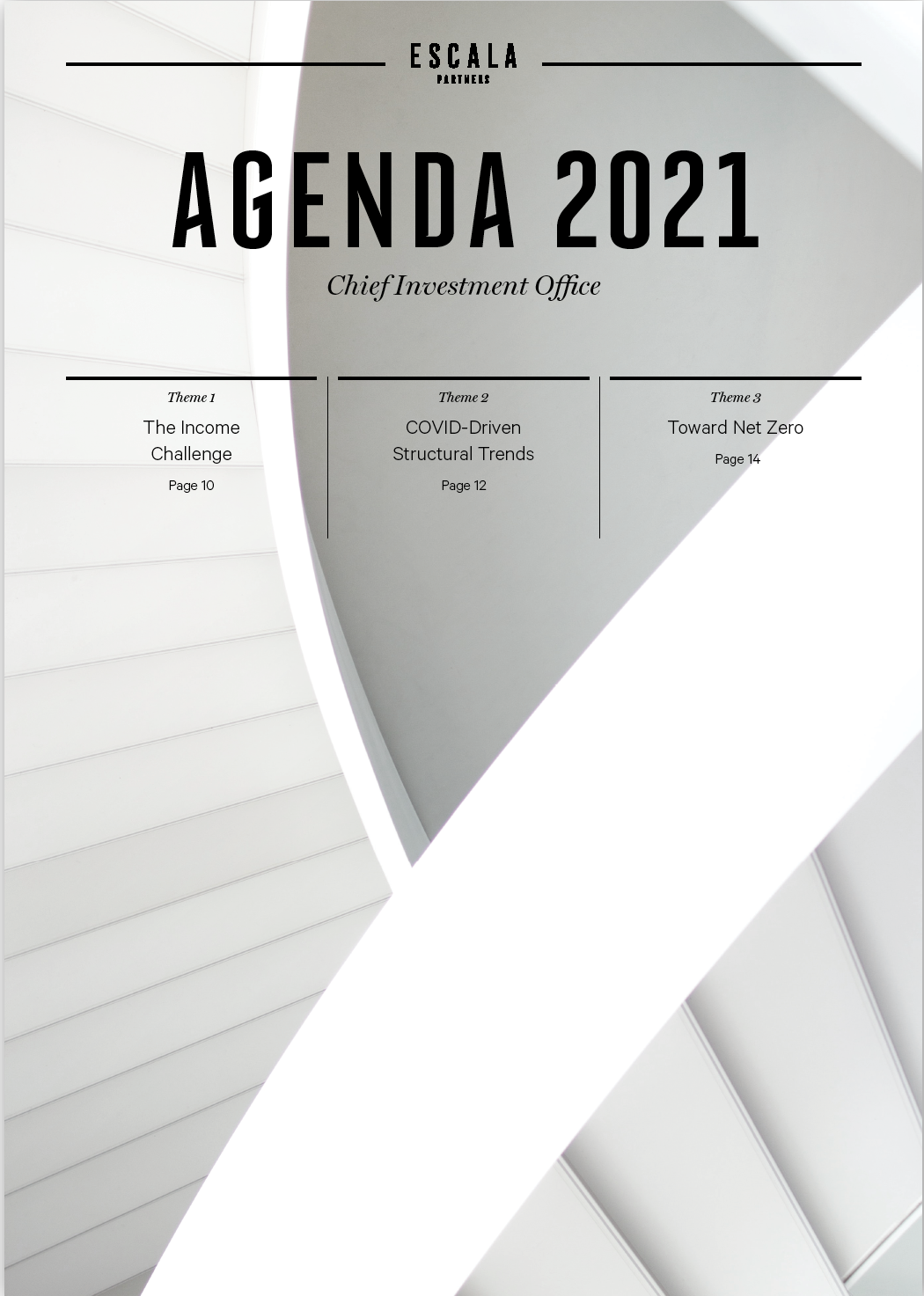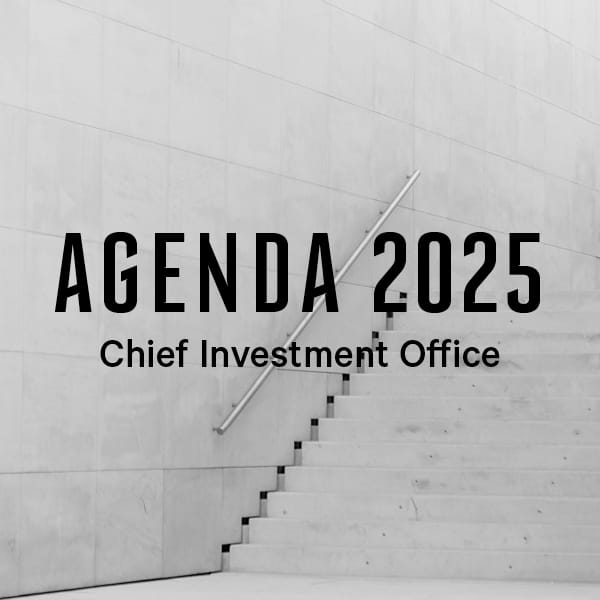-
Overview
While 165 countries fell into recession in 2020, China was not one of them.
2020 was a year of extremes. The COVID-19 crisis took the world’s economic, financial and social infrastructure to the limit. Economies fell into a deep recession. Financial markets were sent into a tail-spin drawing governments and central banks into action like never before. And while our hospitals were overflowing our cities were empty. What does the world look like after such a year?
Perversely, we expect 2021 to be exceptionally strong. Economies and financial markets were taken to their extremes by an event that for the most part will be addressed by vaccine development. The global recession will be remembered as the deepest, but shortest recession on record.
Given this, we expect small cap companies, cyclical sectors and emerging markets to outperform in 2021. In particular, we expect the Asian region to benefit the most. While 165 countries fell into recession in 2020, China was not one of them.
While economies and financial markets will snap back in 2021, the year of extremities will leave its mark. The Global Financial Crisis (GFC) in 2008 had already pushed the world into the “New Normal” – lower interest rates, lower inflation and lower economic growth. The 2020 policy response will take us even further in that direction.
We are now entering the “New-New Normal”. Cyclically, we are expecting an economic recovery in 2021.
Structurally, however, we remain in a lower for much longer environment. The Japanese experience offers valuable lessons. A loose monetary policy can stabilize a recession for the short term, but a persistent flood of cheap money paralyzes productivity gains and growth. This means investors need to look further and think smarter to achieve target returns.
The New-New Normal in the US (10-year average %)

Source: Bloomberg
-
How the year of extremes will shape the future:
1. Extreme fiscal debt
Most recessions are caused by excessive tightening of monetary policy that hits household and corporate balance sheets hard. Subsequent balance sheet repair retards the recovery process. The 2009 recession in the US was a drawn-out affair because of this.
To quote Paul Keating, the recession we had in 2020 was “a recession we had to have”. But not for the usual reasons. Interest rates were not lifted to 17.5%. Inflation wasn’t running at 10%. The recession in 2020 was caused by the closing of the economy to deal with a health crisis. There was nothing economic or financial about it. There were economic and financial consequences of course but for the first time since the Spanish flu, the global economy was in recession literally for health reasons. Quite unusually, government balance sheets were hit the hardest in this recession. US household debt is actually down and corporate debt is up only slightly.
With the health crisis now dealt with, economies can start to re-open again. This re-opening will be super-charged by the sheer size of government stimulus and the fact that household and corporate balance sheets were for the most part insulated.
Where the damage has been done, on government balance sheets, the repair will take years. But because it is government, the hard work can be delayed until the economy is firmly back on its feet.
Fiscal Balance (latest, %GDP)

Source: Bloomberg
2. Extremely low inflation
While the volume of money in the economy has surged, the speed it circulates has collapsed. This has put downward pressure on inflation and hence interest rates. Growing income inequality is playing a role here. The upper strata of wealthy households spend a far smaller percentage of their income than the less wealthy. An increase in inequality, therefore, correlates with a slower velocity of money. The very policies used to address the effects of the pandemic have led to a rise in inequality, contributing to a decline in velocity and stymying inflation. As was the case following the GFC, policymakers protected Wall St much better than they protected Main St.
Three investment implications that stem from this are:
- Near term tactical (6–12mths): We favour small cap companies, cyclical sectors and emerging markets
- Medium term tactical (12–18mths): We still prefer growth sectors and markets over value
- Medium term strategic (5-years): Increase allocation to private markets to avoid central bank crowding-out.
Money supply up but velocity down

Source: Bloomberg
3. Extreme market intervention
Unconventional monetary policy rapidly became conventional in 2020. No fewer than thirty central banks around the world are now competing with ordinary investors to buy bonds in the secondary market.
This is having at least three effects. First, as central bank ownership increases, turnover and liquidity in the market decreases. The central banks in Japan and Europe now own 40–50% of the market. The Japanese bond market now barely exists. Days go by without a single trade. Some months see only a handful of trades.
The second effect is a crowding-out of investors for attractive risk-adjusted returns. Returns are defined by their risk. Where there is less risk, there is less return. Where there is less return, there is less consumption. Bonds in Japan are regularly issued with a coupon of just 0.1%. For some private-sector employees, this coupon is also the rate of return on their pension savings – one reason, perhaps, that many Japanese are so reluctant to spend.
The third effect is the impairment of price discovery. The share price of Hertz should not have surged by 896% following its filing for bankruptcy in May 2020 but it did because the US Federal Reserve was a buyer of its bonds. Central bank buying of bonds causes risk to be mis-priced, weakening the link between risk and reward.
From the longest but weakest recovery on record in 2019, to the deepest but shortest recession in 2020.
The COVID-19 recession has been the deepest, but also the shortest

Source: Bloomberg








